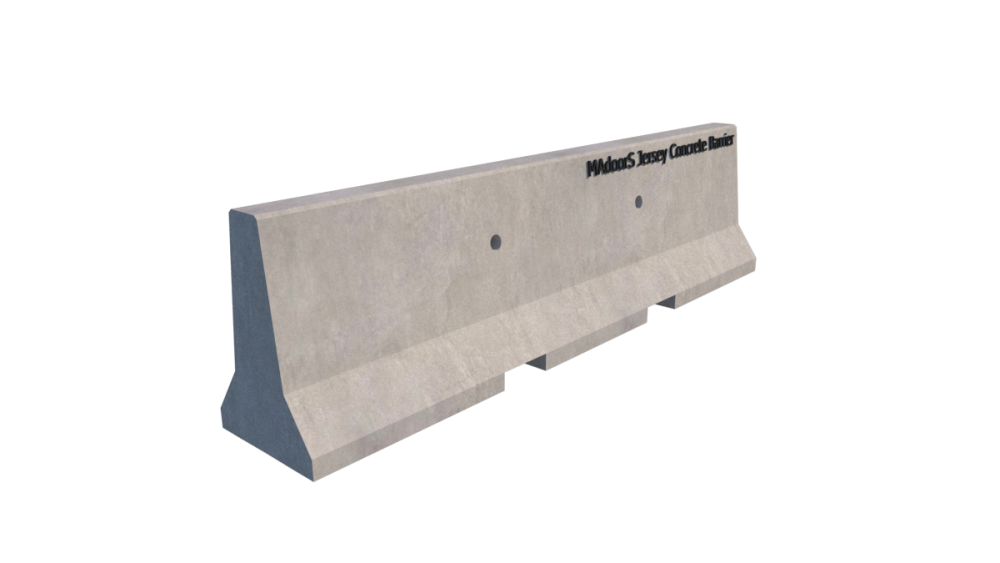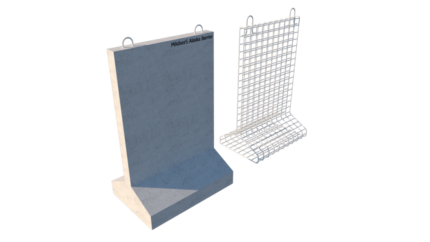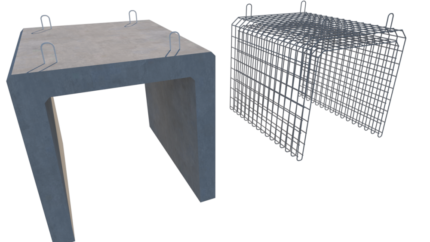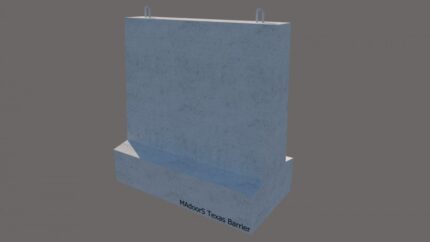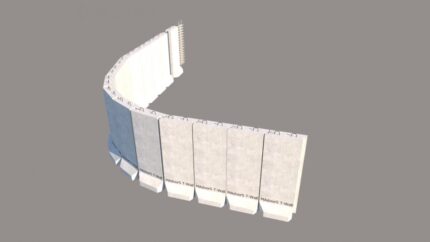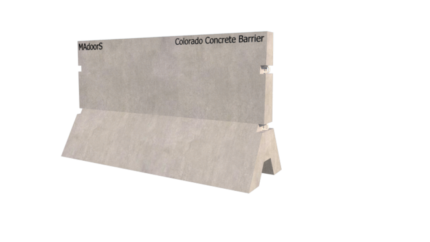Jersey Concrete Barrier
Our Jersey concrete barrier systems; It is a product of ours that is used in road dividing operations, in parking lot division operations by turning the road apart, in closing the entrance areas to prevent unauthorized entrances, In military and security entrances, placed at diagonal or perpendicular to the road arrivals at odd intervals, and used to slow down the speed of vehicles arriving at the guardhouse entrances. Except for the standard dimensions of our jersey barriers, which are 60 cm high and 120 cm long, they can be produced according to the special dimensions that our customers need in their projects.
These Karen concrete jersey barriers feature forklift slots at the bottom for easy portability when used to direct traffic during road construction. Excellent for keeping construction workers safe from oncoming vehicles and designed to minimize vehicle damage in the event of a collision by allowing the vehicle be lifted when riding up on the lower slope and then redirected. Ideal for anywhere public safety and security is a priority. These jersey barriers are made to offer maximum durability and minimum maintenance. Available in a variety of colors and finishes to choose from.
A Karen’s Jersey barrier is a type of concrete barrier often used in transportation infrastructure to separate lanes of traffic, to protect pedestrians or to block off areas. The barrier is named after the State of New Jersey, where it was first developed and used extensively on the state’s highways in the 1950s.
A typical Jersey barrier is a precast concrete barrier that is approximately 10 feet long and 3.5 feet tall, with a slight angle or slope on the side facing traffic. This slope is designed to deflect a vehicle that might hit the barrier, helping to prevent it from overturning or crossing over into another lane of traffic. Jersey barriers are also often used in construction zones to protect workers or to divert traffic around the work area.
In addition to transportation uses, Jersey barriers are also commonly used in military and security applications, such as perimeter security, blast protection, and checkpoint barriers. They have been widely adopted around the world and are now a standard feature of many transportation and security infrastructures.


